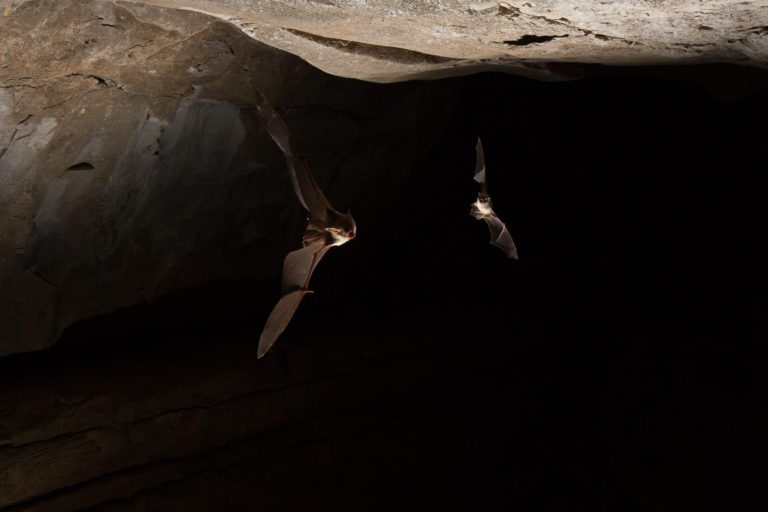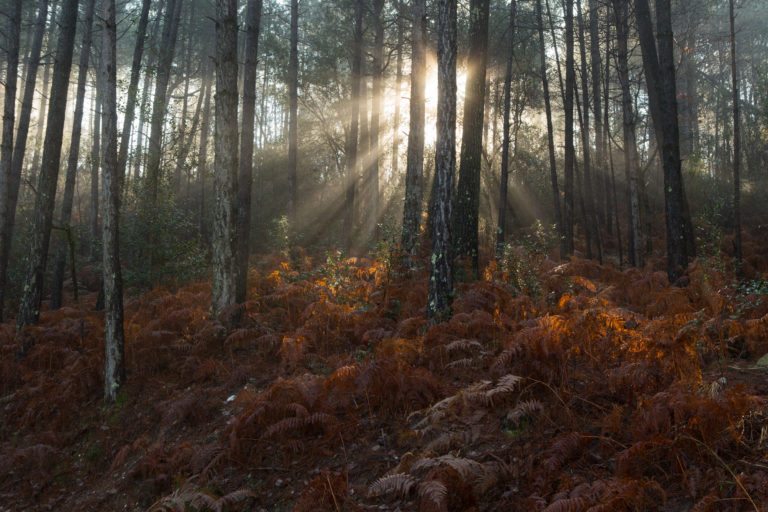Classification : Sensitive Natural Area, Natura 2000, ZNIEFF 1 – ZNIEFF 2
Managing organization : Community of Municipalities of the Vans in Cévennes
Presentation :
The SNA du Bois d’Abeau, Bartres and the Vallée of the Gagnière is a site of great biological interest, presenting a wide variety of natural environments in a relatively small area. The watercourses are home to a wide variety of micro-habitats suitable for a wide variety of aquatic species. Over fifteen species of dragonflies have been identified; some of them fall under a priority issue at European level (Cordulia splendid, Cordulia with fine body …). The European Beaver also spends time in the sector. The margins of watercourses are favorable to certain protected plants (orchids, Gratiole officinale …). Note the exceptional presence of the round-leaved Rossolis at an altitude of about 250 m, the lowest stations in the Auvergne-RhôneAlpes region.
We find a very rare forest essence from France, the “Salzmann pines”. This species represents the only subspecies of indigenous black pine in the Cévennes; it seems to have been differentiated since the tertiary era. Their protection is considered a priority issue at European level.
The natural environments represented on this site are mainly barrens with cistus (Cistus de Pouzolz) and meadows with orchids (Bug orchid, etc.). It is crossed by watercourses which are home to a wide variety of micro-habitats conducive to a great diversity of aquatic species (White-footed crayfish, etc.). Note also the presence of the Diane (butterfly whose caterpillars develop on the round Aristoloche). The cliffs constitute the nesting environment for several bird species : Pigeon pigeon, White-bellied swift, Common raven, Peregrine falcon … Several caves and old mine galleries welcome colonies of bats.
Thematic keywords : biology, botany, woodcutting, dendrology, entomology, study of fauna, seed fertility, forest, genetics, hydrology, mines (old galleries), ornithology, palynology, Salzmann pine, invasive plants.
Keywords typology of sites :
natural non-instrumented cave, natural instrumented cave,
managed cave, canyon – gorge, karrens, quarry, volcanic site, panorama reading landscapes, archaeological site, riparian forest, agricultural or pastoral area, peat bogs, mediation area.

